How Meta’s latest forest credits purchase gets it closer to net zero
Olympic Peninsula deal is the second major such purchase by the tech giant. The post How Meta’s latest forest credits purchase gets it closer to net zero appeared first on Trellis.

The tech giant Meta, owner of Facebook and WhatsApp, has purchased 676,000 carbon credits as part of a project that will transform the management of 68,000 acres of previously commercial forest on Washington State’s Olympic Peninsula. The deal is the first time EFM, the forest investment company that acquired the land, has used credit sales to help fund a forest purchase.
It also represents a significant uptick in credit use by Meta, which will receive the credits over a 10-year period. The company has retired an average 65,000 credits annually since 2021, according to Allied Offsets, a provider of carbon market data. Combined with a purchase last September of up to 2.9 million forest credits through 2038 from the forestry arm of Brazilian investment bank BTG Pactual, the company has contracts in place to allow it to retire more than 200,000 credits every year for the next decade from those two projects alone.
In addition to offsetting emissions as part of its strategy to reach net zero by 2030, Meta said it chose the project because of the broader benefits it will bring to carbon markets. “EFM’s landscape-scale conservation efforts will not only sequester carbon to help us achieve our net zero target,” said Tracy Johns, carbon removal program lead at Meta. “It will also provide lasting outcomes for the ecosystem, local economy, and Hoh, Quileute, and other communities who rely on this healthy and responsibly managed forestland.” The company declined to disclose the cost of its purchase.
No more clear-cutting
EFM’s newly acquired forest is a coastal strip of land that was owned by the forest products company Rayonier for around 80 years. In keeping with conventional management of commercial forests, the company clear-cut the land every 35 years or so and replanted with Douglas fir, western hemlock and Sitka spruce. “It would look more like a plantation,” said Bettina von Hagen, EFM’s CEO.
Thanks to the purchase, which cost EFM more than $200 million, the land will now be managed with more holistic goals, including enhancing biodiversity and storing additional carbon. That means adding western red cedar, a culturally and ecologically significant species that grows slowly and is often excluded from commercial forests; bigleaf maple, which provides food for invertebrates and thus, indirectly, salmon; and multiple understory species.
Harvesting will continue, however. Von Hagen said EFM will apply two methods that balance extraction with long-term sustainability. In a thinning operation, loggers cut around 30 percent of trees and leave what remains. Variable retention harvesting involves removing a much larger fraction — between 70 and 90 percent — while leaving enough trees to protect the soil and provide habitat for animals. The practices will allow the forest to continue to support the local timber industry even as the carbon stored on the land is increased. EFM estimates that 10 million tons of carbon dioxide is currently stored on the land and that the new management practices will increase that by 1 million tons.
Investors want predictability
The deal that secured the forest was put together at extremely short notice: Von Hagen said data on the forest was made available just nine weeks before binding bids were due. “Until now, we have not been able to assemble the capital for large acquisitions in the short time frames that are usually provided, and have not been able to compete with buyers which were only underwriting the timber, which is a known commodity with predictable prices with which institutional investors are very familiar,” she explained. “Having a contract with a great counterparty like Meta allowed our investors to underwrite the transaction with a predictable set of carbon and timber prices, and that made all the difference.”
Schemes projects that combine commercial activities with carbon storage — which fall into a category of projects known as improved forest management (IFM) — have previously come in for criticism. To estimate the carbon stored by a project, developers forecast the harvesting that would have taken place in the absence of IFM practices. Researchers have warned that the methodologies governing IFM projects allow developers to overestimate baseline harvesting and generate unearned credits. The methodology that will be used by EFM was developed by ACR, a carbon credits standard-setter formerly known as the American Carbon Registry, and was updated in September of last year, in part to improve the precision of baseline measurements.
The post How Meta’s latest forest credits purchase gets it closer to net zero appeared first on Trellis.




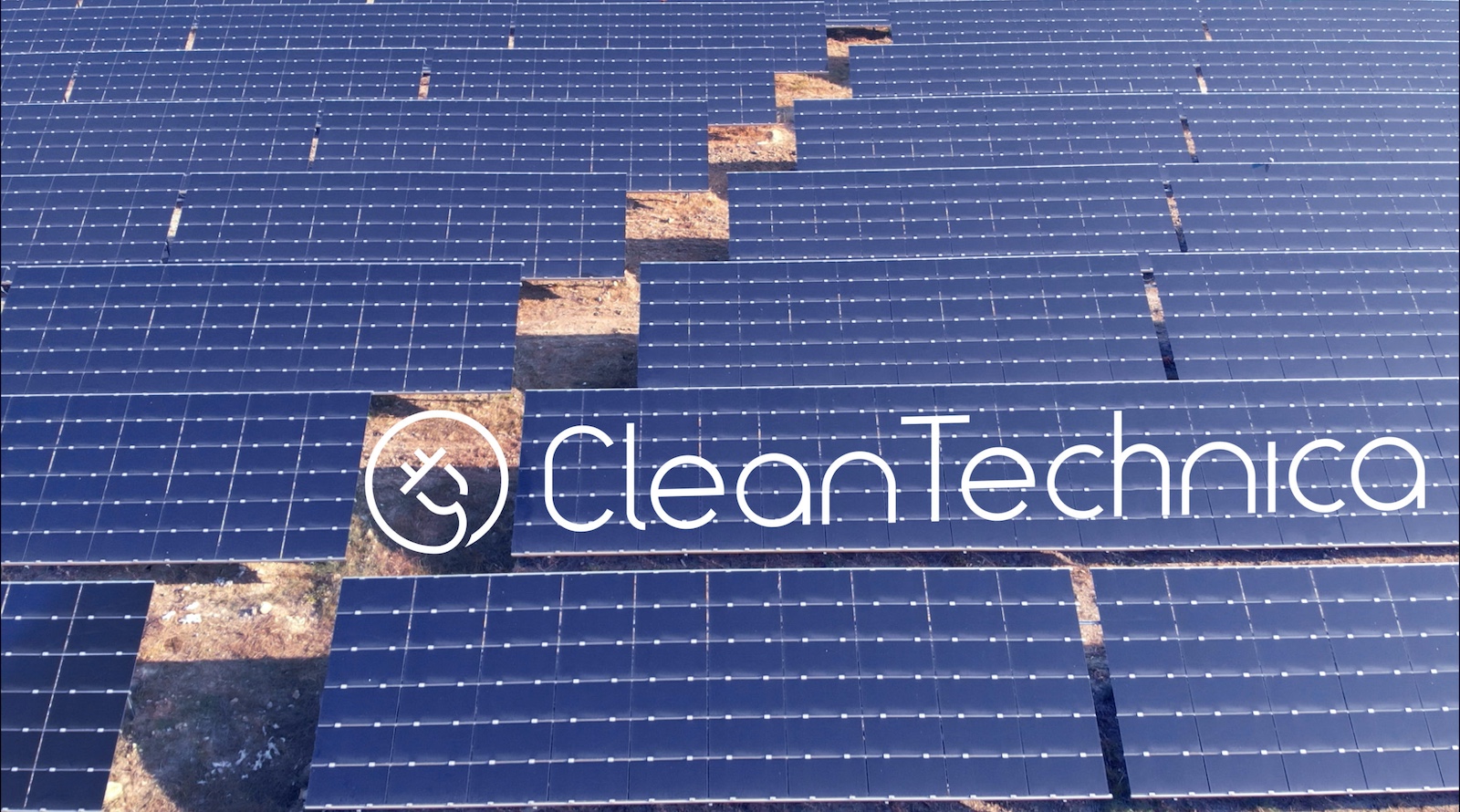
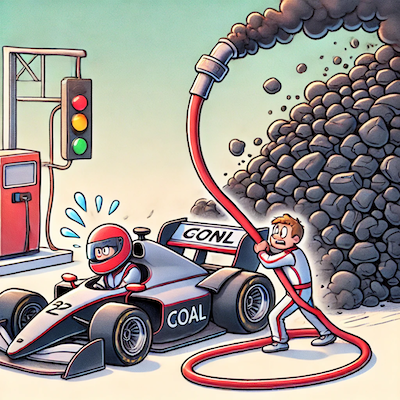







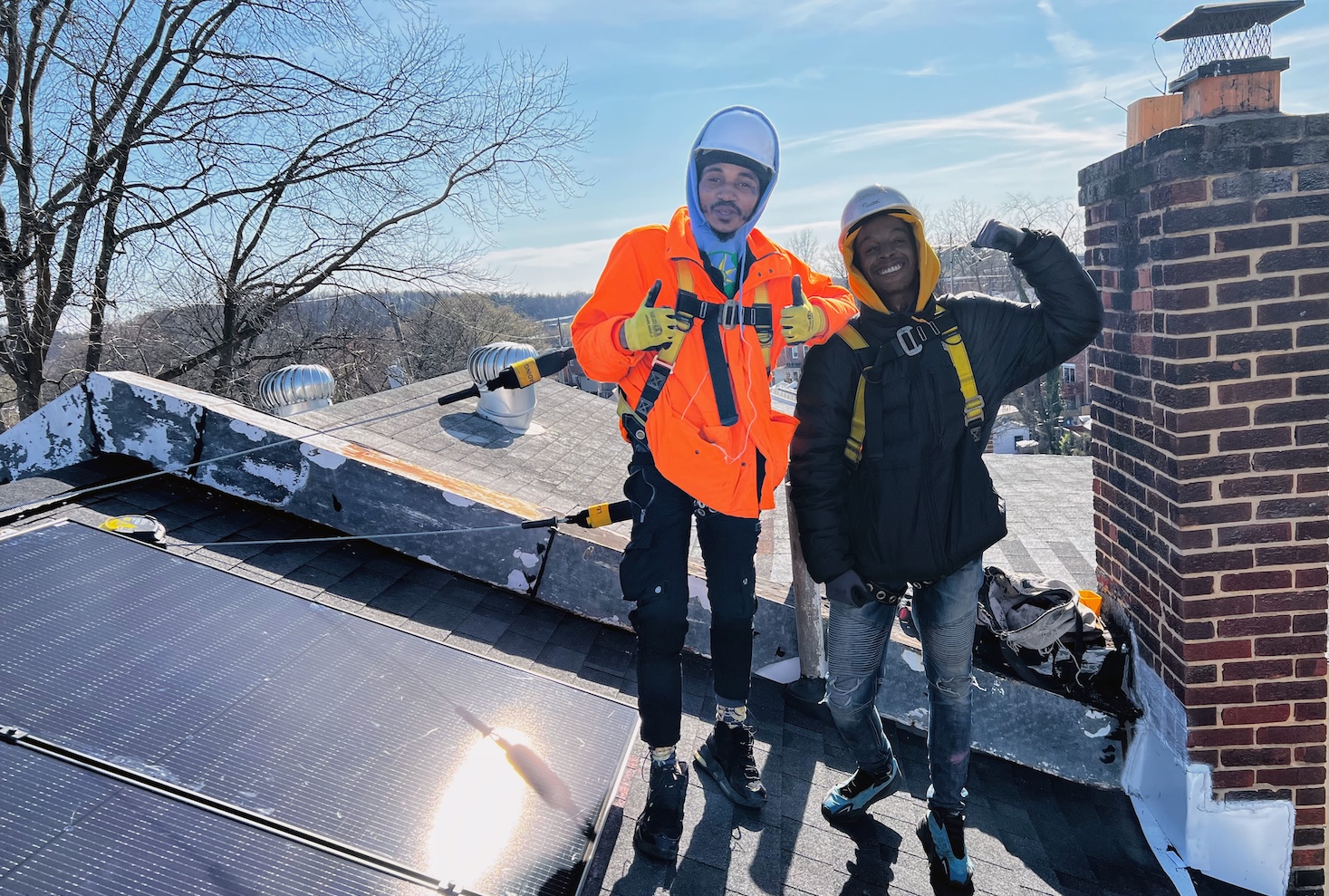










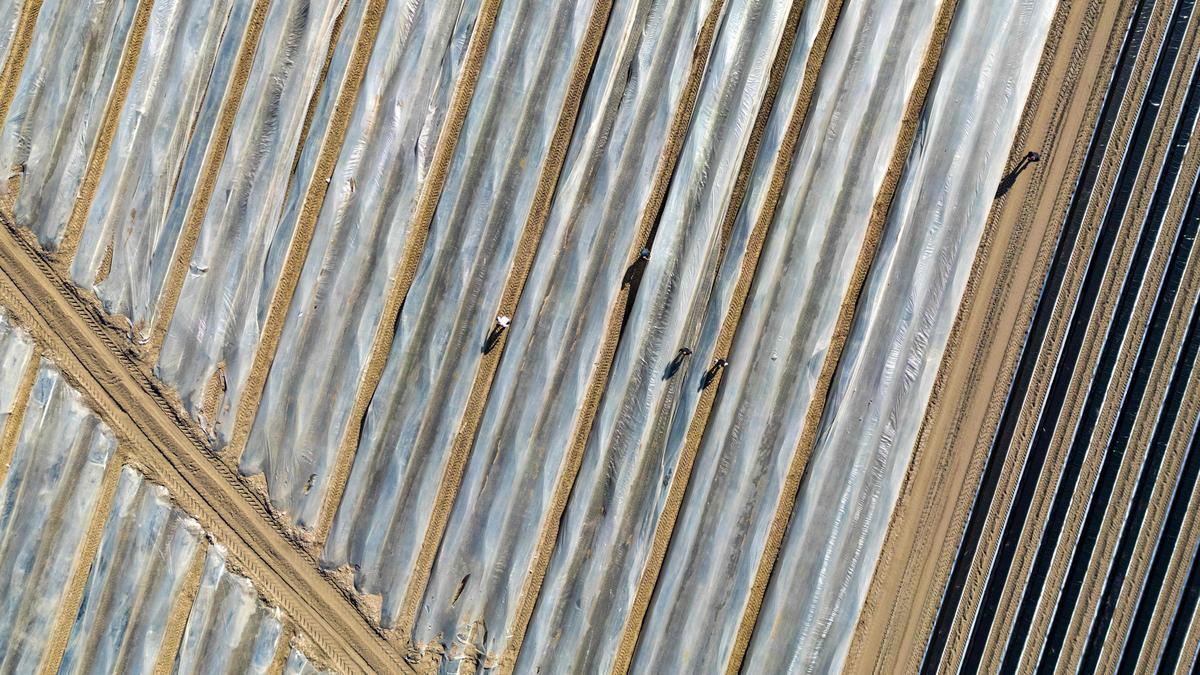




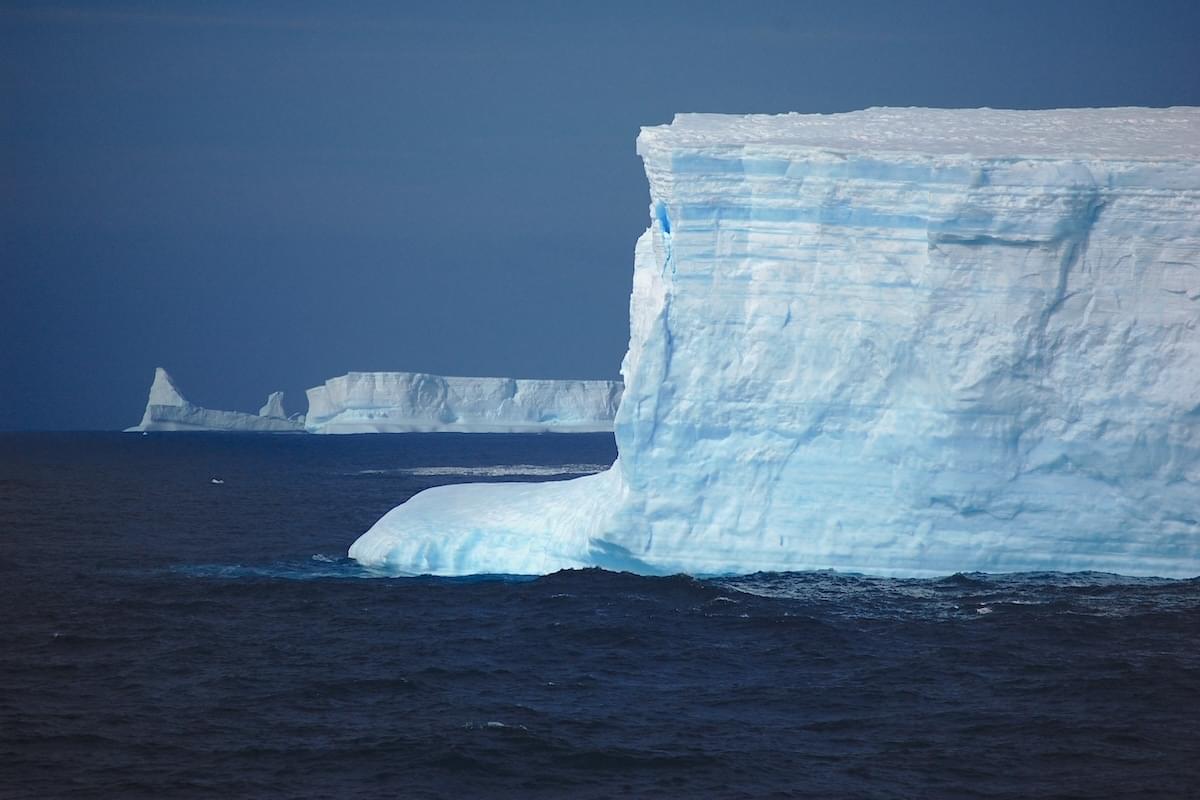





















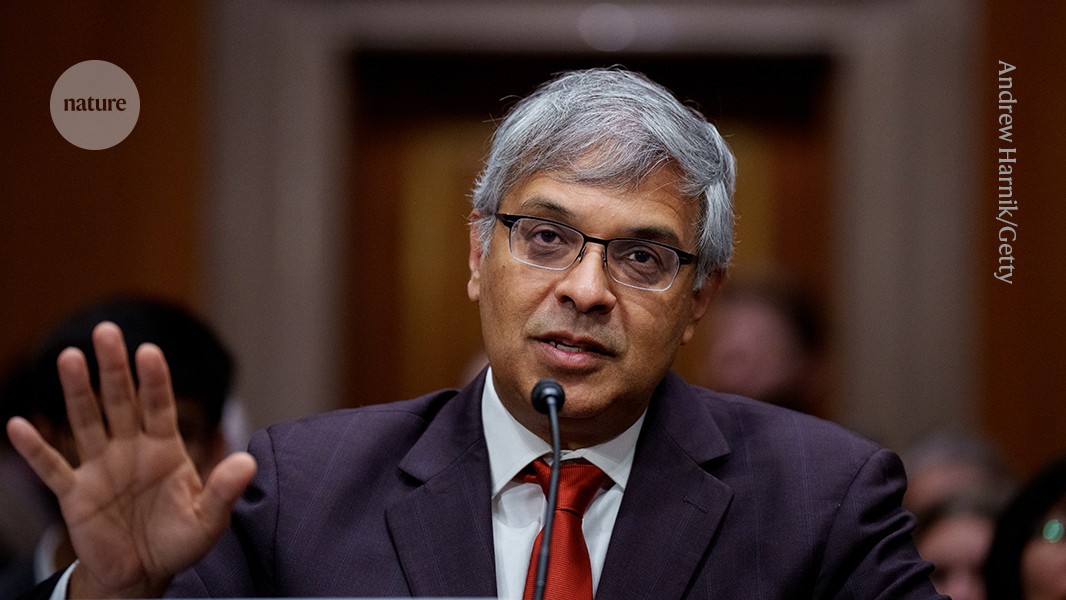








































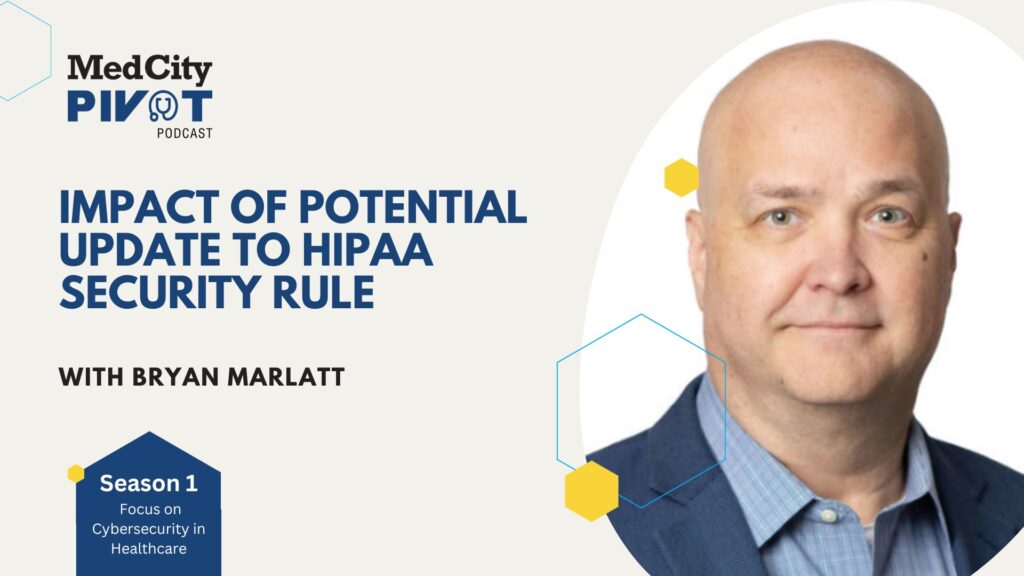

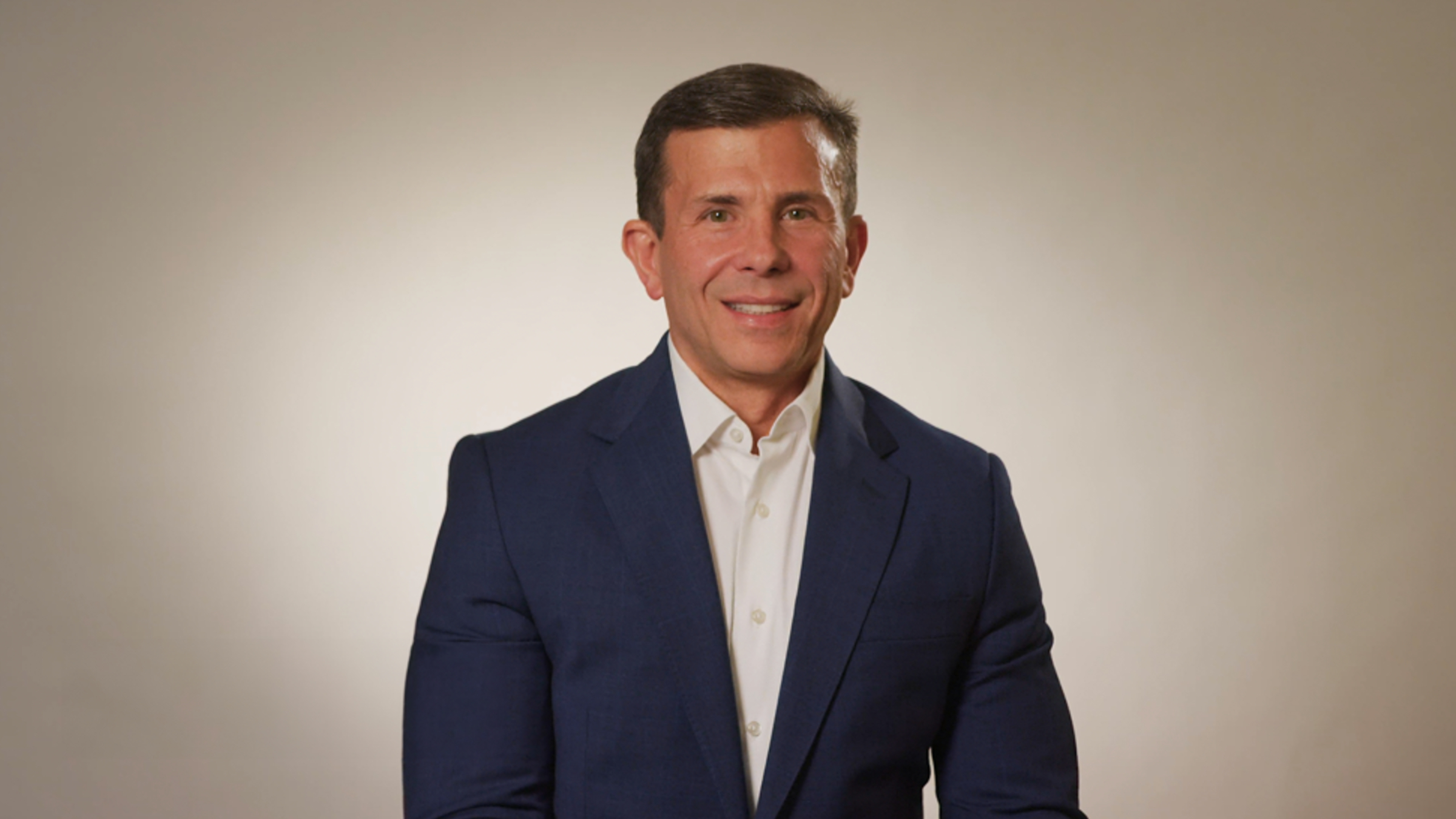




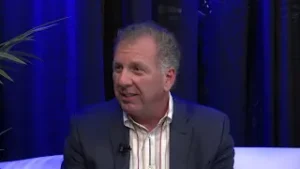











.jpg?#)































